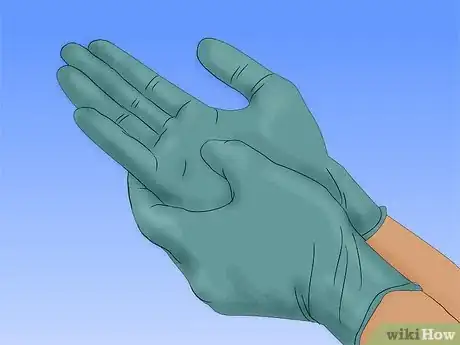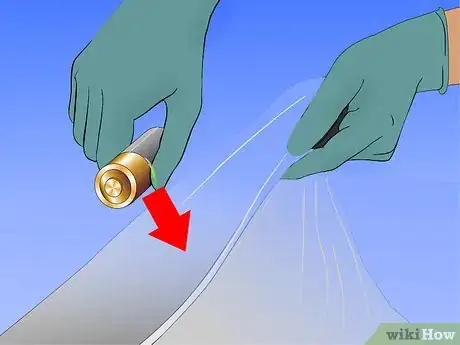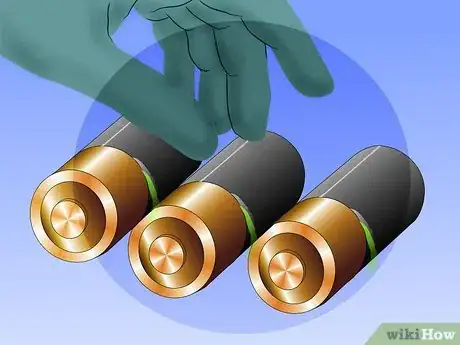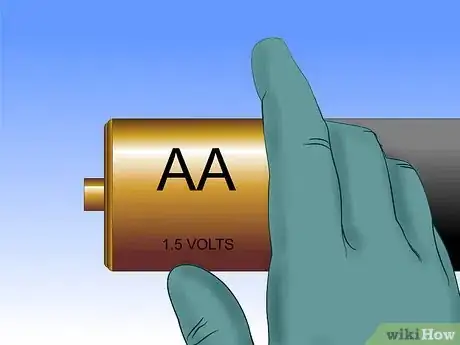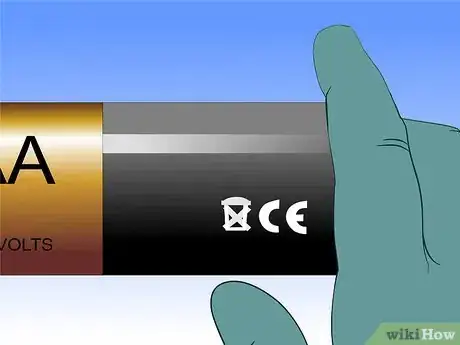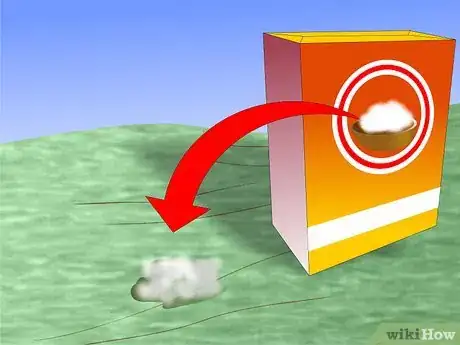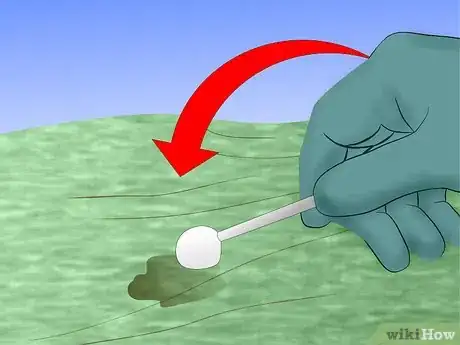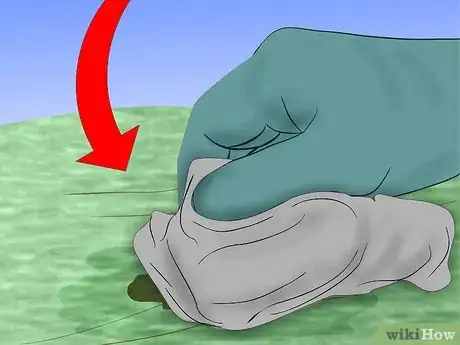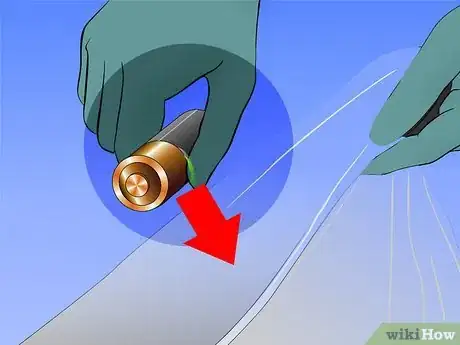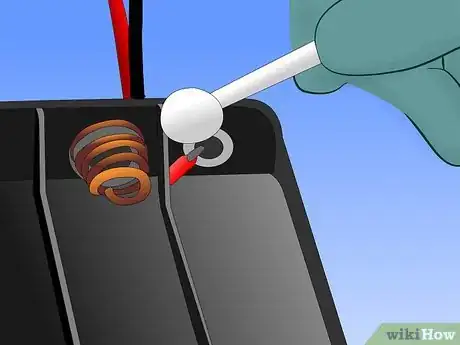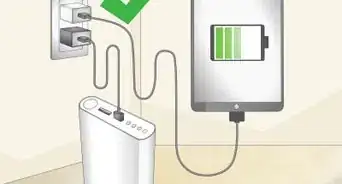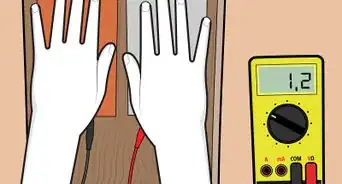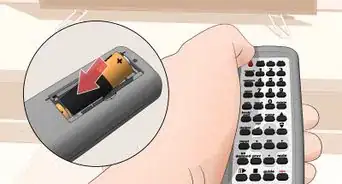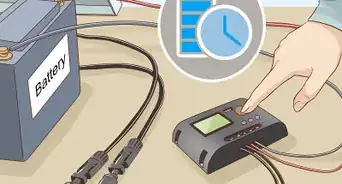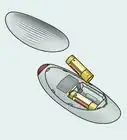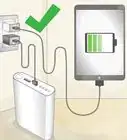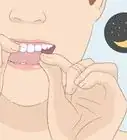This article was co-authored by Duston Maynes. Duston Maynes is an Automotive Repair Specialist at RepairSmith. Duston specializes in leading a team that handles a variety of automotive repairs including replacing spark plugs, front and rear brake pads, fuel pumps, car batteries, alternators, timing belts, and starter motors. Duston holds an Associate’s degree in Automotive/Diesel Technology from The Universal Technical Institute of Arizona and is a Certified Diagnostic Technician and Automobile Mechanics Technician through BMW STEP. RepairSmith received The 2020 Big Innovation Award by Business Intelligence Group and The Startup of the Year by the American Business Awards. RepairSmith was also included in Built in LA’s 50 Startups to Watch and The Business Intelligence Group’s 52 Names Leading the Way in Customer Service. RepairSmith offers in-home services to provide car owners convenient and complete auto repair everywhere.
There are 10 references cited in this article, which can be found at the bottom of the page.
wikiHow marks an article as reader-approved once it receives enough positive feedback. This article has 20 testimonials from our readers, earning it our reader-approved status.
This article has been viewed 687,915 times.
Liquid or residue from leaking batteries can cause serious harm, so approach the cleanup task with caution. Identifying the type of battery before clean-up is extremely important, or you could risk a dangerous chemical reaction. If the battery was powering a device while it was damaged, you may need to clean the electrical contacts as well, or have them replaced.
Steps
Identifying the Battery Type
-
1Protect your hands and face. Battery leaks can contain caustic chemicals that irritate the skin, lungs, and eyes. Always wear rubber, nitrile, or latex gloves before you handle the leaking battery or the leaked material. Wearing safety goggles or a face mask is highly recommended when handling car batteries or lithium batteries. Work in an area with good ventilation, blowing away from your face.[1]
- If you feel a burning sensation in your eyes or on your skin, or if the spill gets on you, leave the area and remove affected clothing. Rinse in lukewarm, gently flowing water for at least 30 minutes.[2]
- Acid leaks, typically from a car battery, are much more dangerous than alkaline battery leaks.
-
2Double-bag the battery. For small batteries, use transparent plastic so you can identify the type of battery before you continue. For car batteries and other large batteries, put them inside two trash bags, ideally made from 6mm+ (0.2 in) thick polyethylene. Tie or seal the bag closed immediately.[3]Advertisement
-
3Determine the battery type. Batteries for cars and other motor vehicles are almost always lead-acid batteries.[4] Smaller batteries that slot into electric devices are more varied, so examine the label to find the type. The most common types for small batteries are alkaline, lithium, and nickel cadmium, followed by lead-acid.
- Size and shape alone are not reliable identification methods.
-
4Guess at battery type based on voltage. If the only label is the voltage display (V), you can make an educated guess: Alkaline batteries have voltages that are multiples of 1.5. Lithium battery voltages can vary, but are often written as multiples of 3 to 3.7. Nickel cadmium voltages are multiples of 1.2, and lead-acid batteries are multiples of 2.[5]
-
5Continue to the next section. Be sure only to follow the instructions for your type of battery. Treating the spill with the wrong chemical could cause an explosion.
- See the end of the next section for information on battery disposal and cleaning electrical contacts.
Cleaning the Spill
-
1Use baking soda to neutralize lead-acid or nickel cadmium spills. These types of battery can leak a strong acid, which eats through clothing, carpet, or in some cases even metal. Approach it with protective gloves and face shield, and cover liberally with baking soda, until newly added baking soda does not cause additional fizzing or bubbling. Clean up remaining residue using a thick paste made from baking soda and water.[6]
- Also pour baking soda into the trash bag containing the damaged battery.
-
2Clean up alkaline spills with mild household acid. For alkaline batteries, dip a cotton swab in vinegar or lemon juice, and swab the spill to neutralize the basic leak.[7] Use an old toothbrush dipped in the same material to scrub at a spill that has dried. Water can cause further corrosion, so wet a paper towel as lightly as possible and use that to wipe up the acid.[8] Repeat until clean, then let the device dry for several hours.
-
3Wipe up lithium spills with water. For lithium batteries, often used in cell phones or "button" batteries, immediately place the bag in a sealed, sturdy container, as it could cause a fire or explode. Any electric device exposed to the leak is no longer safe to use. Throw the device away, and clean up spills with water and nothing else.[9]
-
4Dispose of the batteries. In some states and countries, you may dispose of alkaline batteries in the regular trash, but most batteries are required by law to be recycled.[10] Visit earth911's online tool to find a nearby hardware store or other location that will recycle your type of battery.
- Some battery manufacturers may offer you a free or reduced-price replacement battery.
-
5Clean the electrical contacts (optional). If the battery was connected to a device when it leaked, the device's electrical contacts may need to be cleaned before the device can be safely used. Scrape off any residue using a plastic or wooden stick, and use a slightly damp paper towel to wipe it off, throwing the towel away immediately. If the contacts themselves are corroded, pitted, or discolored, file them down using sandpaper or a metal file, but be aware that they may need replacement.[11]
Community Q&A
-
QuestionIs rubbing alcohol okay for alkaline battery spills? A tech friend once advised this.
 Community AnswerIt's better to use vinegar or lemon juice; you want a mild acid to neutralize the alkaline substance.
Community AnswerIt's better to use vinegar or lemon juice; you want a mild acid to neutralize the alkaline substance. -
QuestionI have an old battery box from an electric forklift that is very corroded from the old batteries. Can I clean this and use in an a pot for a flower garden or vegetables?
 Community AnswerIs not a good idea, because the box can still contain some pollutant leaked by the battery. Any kind of vegetables you put in can absorb those pollutants.
Community AnswerIs not a good idea, because the box can still contain some pollutant leaked by the battery. Any kind of vegetables you put in can absorb those pollutants. -
QuestionHow do I clean acid battery from a golf cart?
 Community AnswerYou can either get some battery acid cleaner at an auto parts store or mix some baking soda and water to use to clean the acid. Wash away the residue with water.
Community AnswerYou can either get some battery acid cleaner at an auto parts store or mix some baking soda and water to use to clean the acid. Wash away the residue with water.
Warnings
- Large spills involving many liters (several gallons) of liquid or more should be handled by the fire department. Call an emergency number and keep everyone away from the area.⧼thumbs_response⧽
References
- ↑ https://ehs.stonybrook.edu/programs/healthcare-safety/Spill%20Response%20Procedures%20using%20XSorb.pdf
- ↑ http://www.ccohs.ca/oshanswers/chemicals/chem_profiles/sulfuric_acid.html
- ↑ https://ehs.ucsc.edu/programs/waste-management/recycling-disposal/batteries-faq.html#7
- ↑ http://batterycouncil.org/?page=lead_acid_batteries
- ↑ http://www.repairfaq.org/REPAIR/F_appfaqe.html
- ↑ https://www.ccohs.ca/oshanswers/safety_haz/garages/batteries.html
- ↑ https://www.bobvila.com/articles/how-to-clean-battery-corrosion/
- ↑ https://www.epa.gov/hw/household-hazardous-waste-hhw
- ↑ http://cleaning.lovetoknow.com/How_to_Clean_Leaking_AA_Batteries
About This Article
To clean up battery acid spills, first put on a pair of rubber gloves as well as a safety mask or goggles. Place the battery in 2 plastic bags, seal the bags tightly, and inspect the battery label to see what type it is. For an alkaline battery, clean up the spill using a mild acid like vinegar or lemon juice. If the batter is a lithium battery, wipe up the spill with a paper towel soaked in water. Be sure to dispose of the batteries as soon as the spill is cleaned. For tips on cleaning up other battery acid spills, such as lead or nickel-cadmium, scroll down!
